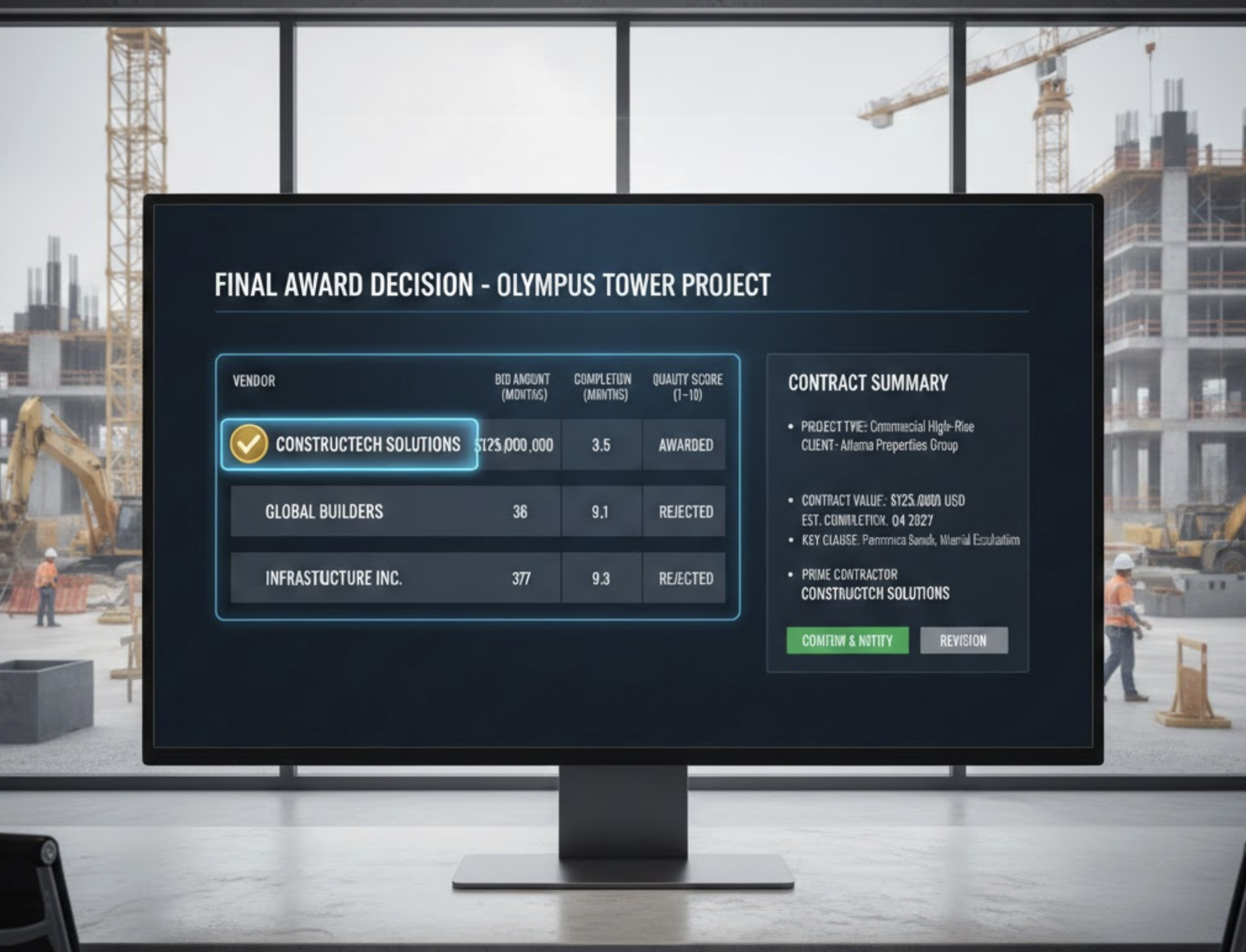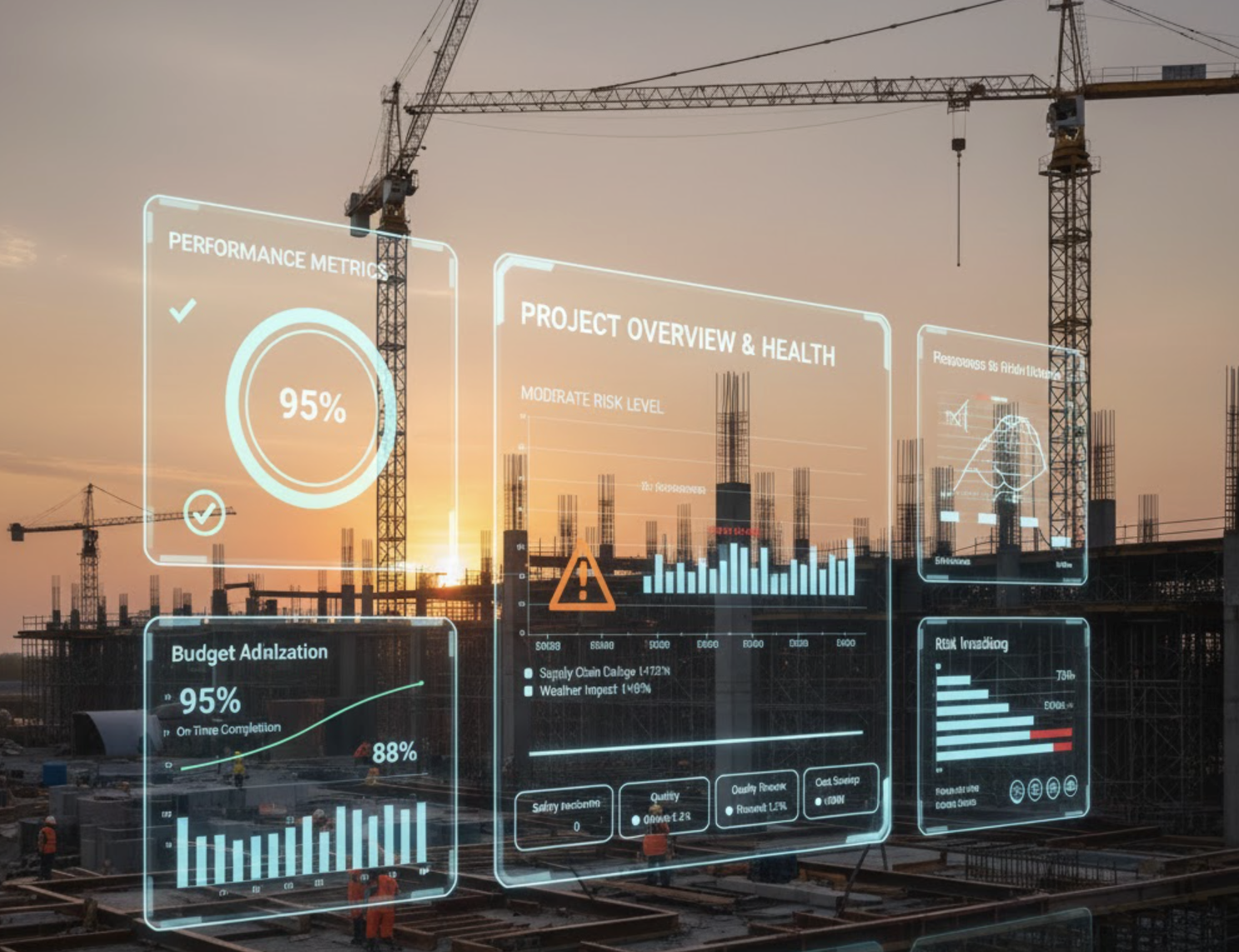Photo Documentation Best Practices for Middle East Job Sites
Photo documentation is crucial in the construction industry, particularly in the Middle East, where projects can be complex and involve multiple stakeholders. This practice serves as a strong defense against disputes, with 70% of construction disputes stemming from inadequate project documentation. Effective photo documentation can reduce rework costs by an average of 25% through early issue detection, leading to faster conflict resolution, better team coordination, and significant cost savings.
Importance of Photo Documentation
Maintaining a robust system for photo documentation improves communication among project stakeholders and provides legal protection. By creating a comprehensive visual archive, project managers can ensure accountability and transparency throughout the building process. With projects in the Middle East often subjected to detailed regulatory standards, being equipped with a well-documented photo trail can safeguard against potential legal claims related to project quality.
Best Practices for Photo Documentation
Standardization and Organization
- Standardize the Process: Set clear quality requirements and protocols for capturing photos. This includes using consistent naming conventions that incorporate the project name, date, and subject. Descriptive titles should be under 25 characters to facilitate easy identification.
- Centralized Storage: Implement a centralized system to store and manage photos, ensuring that all team members have access to the same set of images. This approach helps maintain a single source of truth and reduces miscommunications.
What to Capture
- Preconstruction Site Surveys: Document the site before construction begins to establish a baseline for future comparisons.
- Deviations from Contract Documents: Photograph any deviations, including defective work, from multiple angles, including a scale or an object with a known size for context.
- Areas Showing Progress: Capture work performed since the previous visit, ensuring that the photos substantiate field report descriptions and highlight only the new work.
- Final Punch Lists: Document the completion of tasks and any remaining issues to guarantee all work is accounted for.
How to Document
- Quality Requirements: Ensure photos are clear and well-lit, using high-resolution cameras or drones for detailed captures, especially in large or complex projects.
- Frequency of Documentation: Regularly capture photos at critical milestones and after significant changes to track progress and identify potential issues early.
Benefits of Effective Photo Documentation
Improved Communication
A structured photo documentation system keeps all stakeholders on the same page. This reduces scattered files and miscommunications. Real-time visuals enhance accountability and facilitate project smoothness by enabling remote monitoring.
Quality Assurance and Transparency
Standardized photo documentation maintains quality standards by establishing a clear audit trail. This transparency helps to identify and address issues promptly, ensuring the project adheres to the highest quality benchmarks.
Legal Protection
Comprehensive photo documentation provides protection against legal claims by offering undeniable visual evidence of project progress and quality, arguably even more important in regions with stringent legal requirements.
Use Cases and Emerging Innovations
Drone Technology
Drones are increasingly being utilized to capture high-resolution photos and videos of construction sites, especially useful for large or difficult-to-access areas. This technology enhances both accuracy and efficiency in photo documentation.
Web-Based Access
Employing web-based platforms to centralize and manage photos allows stakeholders to access and review progress remotely, thus improving communication and reducing the need for frequent site visits.
How Zepth Can Help
Zepth offers centralized project management tools designed to simplify the photo documentation process. By utilizing Zepth’s platform, all team members can access the same set of images, thereby upholding the best practice of maintaining a single source of truth.
Zepth’s tools enable real-time monitoring of project progress through integrated photo documentation, minimizing the necessity for physical site visits. Additionally, by embedding photo documentation seamlessly into the project management workflow, Zepth aids in maintaining quality standards and identifying potential issues early, aligning with the best practices outlined above.
For more information on how Zepth can support your construction project management, including photo documentation, visit our Construction Management Solutions.




